Vivo X90 Pro, which is defined (by Vivo and Zeiss) as a Pro-photography phone, that incorporates a mighty 1-Inch sensor, gets an international launch. This is the first smartphone that is armed with a big sensor and obtains out-of-China release.
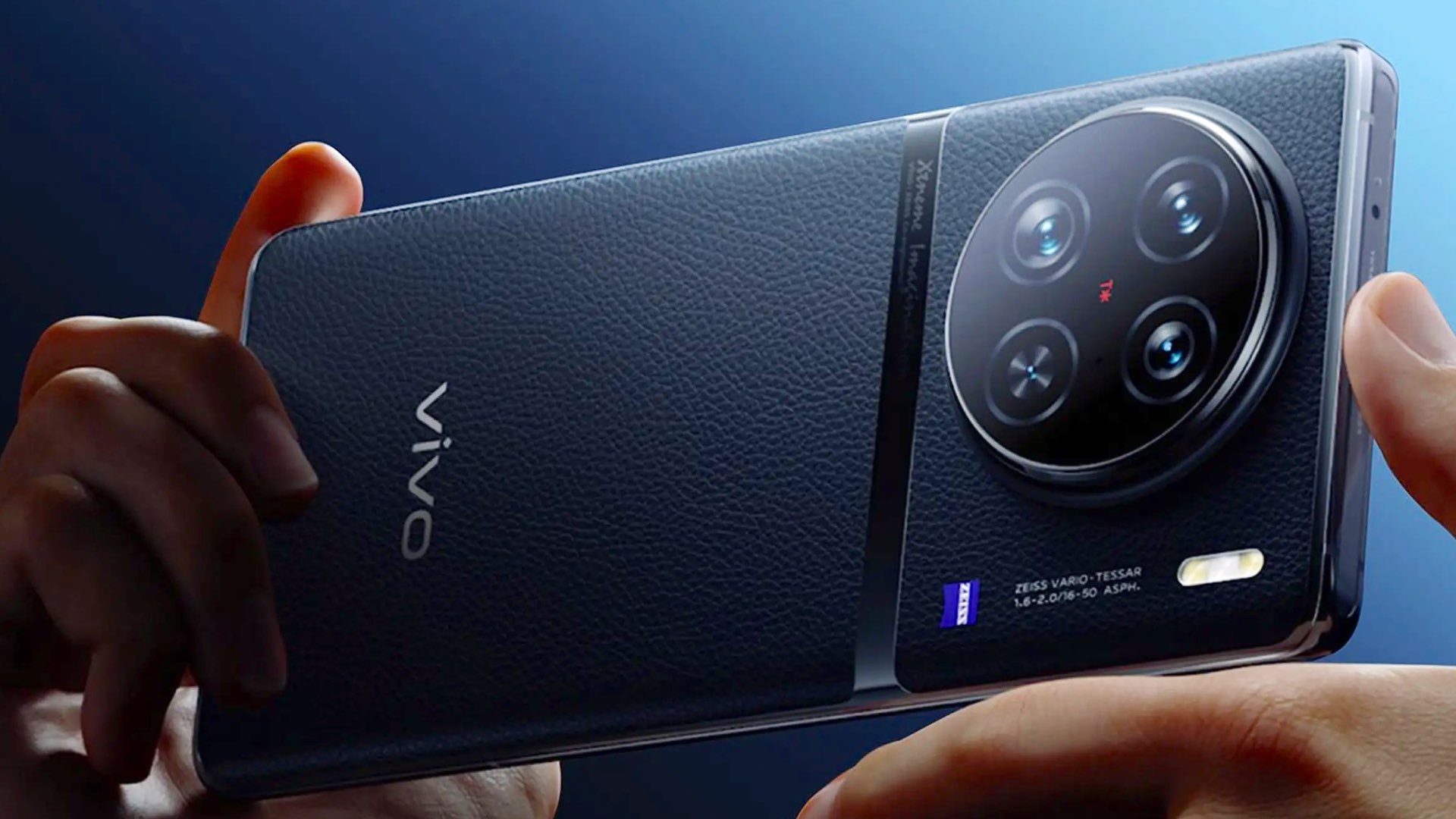
The ‘Zeiss-phone’
Vivo and Zeiss have worked together on smartphone cameras since 2020, and the main result of this partnership is the X90 Pro. According to Zeiss, both companies have R&D partnered not on just one component or software feature, but to establish the entire imaging and artistic experience. As defined by Zeiss: “Professional photography that fits in your pocket!”. Explore the dry camera specs below:
- 50.3 MP, f/1.8, 23mm (wide), 1.0″-type, 1.6µm, Dual Pixel PDAF, Laser AF, OIS
- 50 MP, f/1.6, 50mm (telephoto), 1/2.4″, 0.7µm, no AF, 2x optical zoom, OIS
- 12 MP, f/2.0, 108˚ (ultrawide), AF
- Video: 4K@30/60fps, 1080p@30/60fps, gyro-EIS
Professional photography that fits in your pocket!
Zeiss
Zeiss 1-inch camera
As stated by Zeiss: “We are thrilled to introduce the brand new Vivo X90 series with Vivo Zeiss co-engineered imaging system. The four rear cameras, including the Zeiss 1-inch Main Camera, with renowned Zeiss T Coating support you in reaching new levels of mobile photography! Get ready to create impressive images and videos with features such as Zeiss Natural Color 2.0, Zeiss Cinematic Video Bokeh, or the new ZEISS Cine-Flare Portrait!”. The ‘Zeiss-phone’ is a term ‘invented’ by us, as the word Zeiss is mentioned dozens of times on the Vivo website, emphasizing the major cinematic advantages of the X90 Pro.
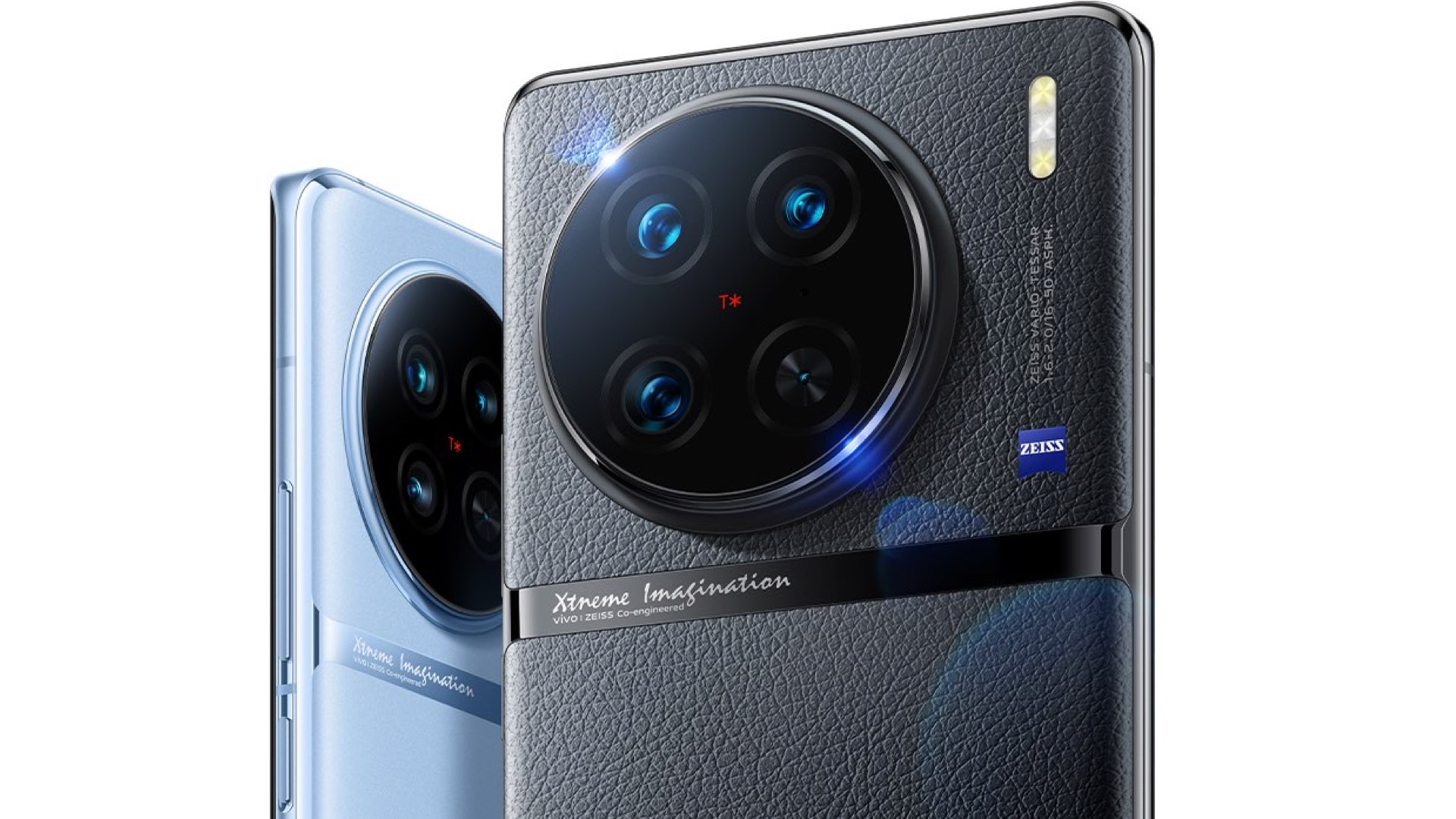
The four rear cameras, including the Zeiss 1-inch Main Camera, with renowned Zeiss T Coating support you in reaching new levels of mobile photography! Get ready to create impressive images and videos with features such as Zeiss Natural Color 2.0, Zeiss Cinematic Video Bokeh, or the new ZEISS Cine-Flare Portrait!
Zeiss
Sony 50-megapixel IMX989 sensor
The X90 Pro is notable for being the latest to use Sony’s 1-inch-type 50-megapixel IMX989 camera sensor. The camera modules include a 50MP Portrait camera and a 12MP wide-angle camera. It’s all controlled by Vivo’s own custom-designed V2 imaging chip, with the cinematic touch of Zeiss. “The deep integration of the V2 chip and 1-inch sensor provides delicate colors and clear dynamics frame by frame. Suitable for both bright and distant lights, the camera restores motion to blurry nights in both cold and warm colors” says Vivo. BTW, the X90 Pro is not the first smartphone with a 1-inch Sony sensor (Xiaomi 12S Ultra and Xiaomi 13 Pro utilize IMX989 as well. However, it’s the first big sensor smartphone that can be purchased out of China. And that’s a big deal.

Zeiss cinematic style bokeh and Hollywood aesthetics
Back to Zeiss. “With Zeiss as one of the world’s leading manufacturers of cinematography lenses, Vivo and Zeiss have jointly developed new cinematic features for the X90 series in video mode. Zeiss Cinematic Style Bokeh, enabling phone users to recreate classic Hollywood aesthetics by adding a film-like bokeh effect with a 2.39:1 widescreen aspect ratio combined with artistic long oval bokeh” says Vivo. Interestingly, X90 Pro shooters can choose the style of the bokeh (derived from the large sensor, as opposed to the digitized Cinematic Mode on iPhone), according to the Zeiss cinema lenses. For instance, check out the impressive examples below. The actual bokeh can be defined by a specific Zeiss lens.


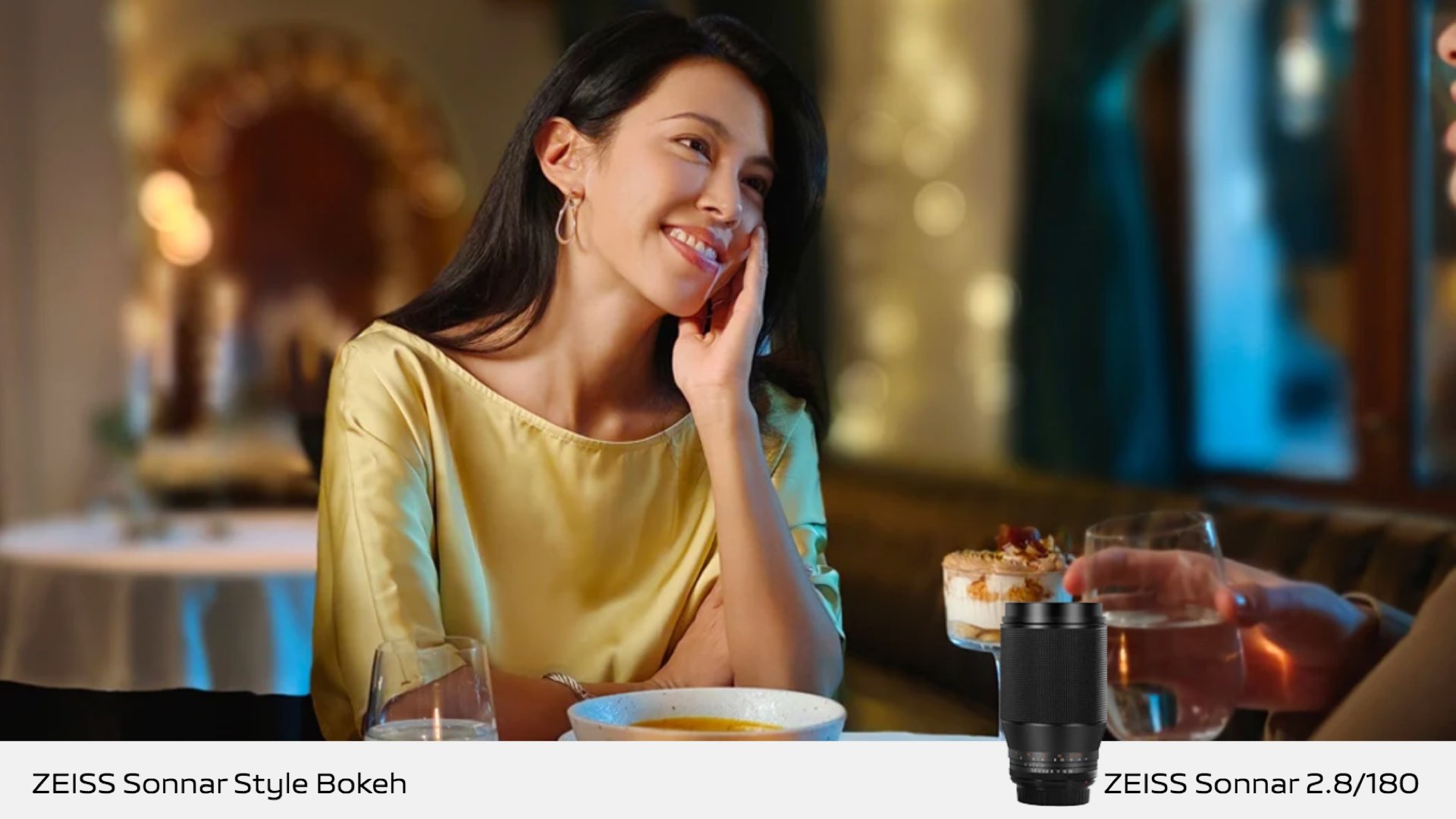

As for sample footage (videos), Vivo hasn’t been released yet (officially). However, we’ve managed to find some tests. Watch them below:
Price and availability
The price of the Vivo X90 Pro is around $1,2000 USD. The X90 Pro would start launching in European markets including the UK, France, Germany, Italy, Spain, Poland, Czech Republic, Austria, Romania, Croatia, Slovenia, Greece, and Serbia. Hopefully, the US launch is on the horizon as well.
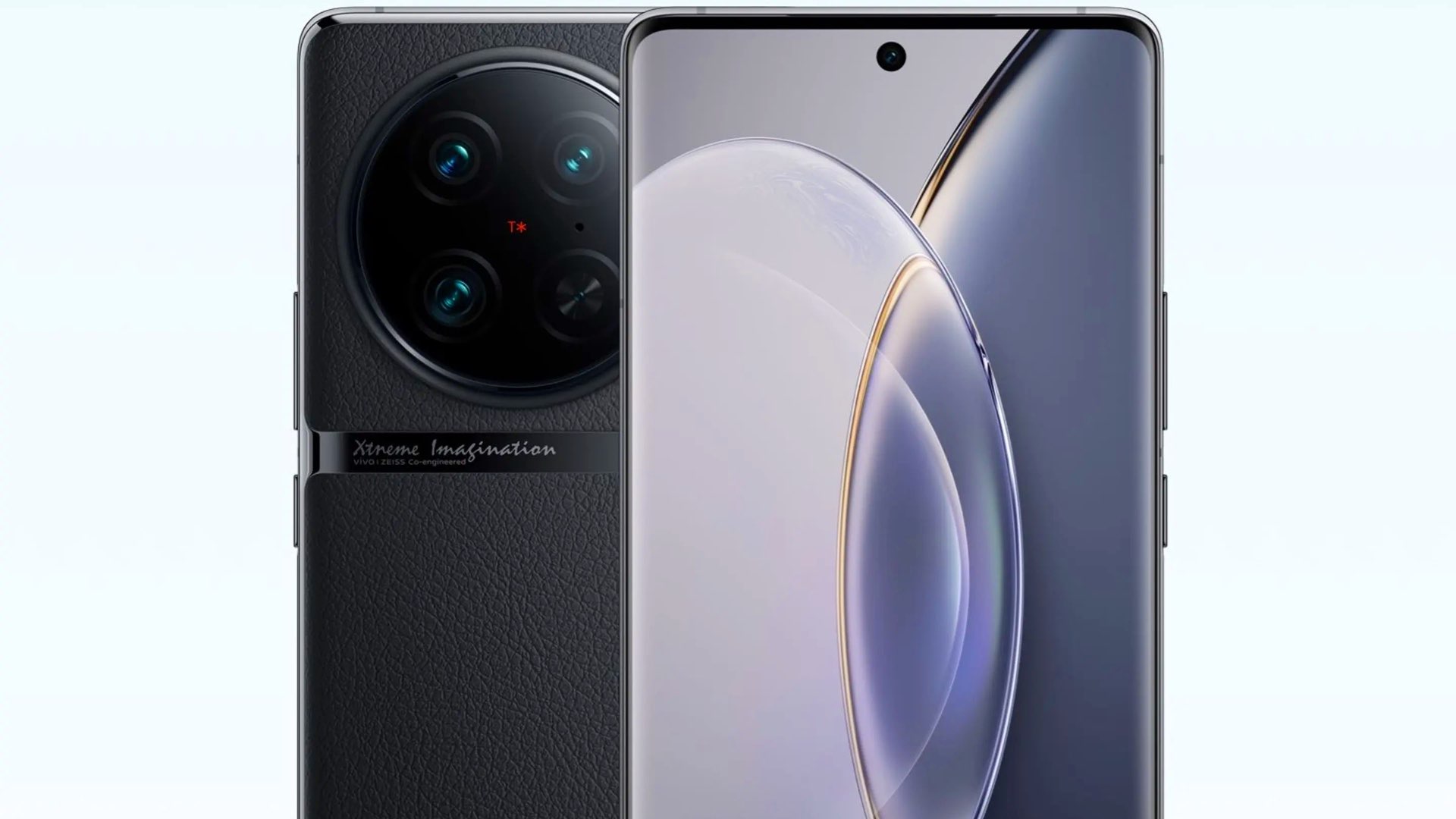
Final thoughts
By examining the footage, it seems that the Vivo X90 Pro owns top-tier imagery in the smartphone world. A 1-inch sensor can’t lie, and with enough horsepower, solid results can be delivered. Furthermore, the extensive implementations of Zeiss technologies and methodologies, indicate that the guys at Vivo were serious about making the best ‘Cinematic phone’ in the market. The goal is been explained very well by Zeiss, and that would be: “Professional photography that fits in your pocket!”. Hence, the Vivo X90 Pro would not replace your professional camera. However, it can help you produce great photos out of the blue, and that’s good enough for most cases.
Post Game Questions
- What do you think about the footage?
- Would you consider purchasing the Vivo X90 Pro?
- What are your thoughts about implementing a 1-inch sensor inside smartphones?
Support Y.M.Cinema Magazine by purchasing our one-of-a-kind stainless steel model of 65 motion picture film camera – A perfect gift for filmmakers.

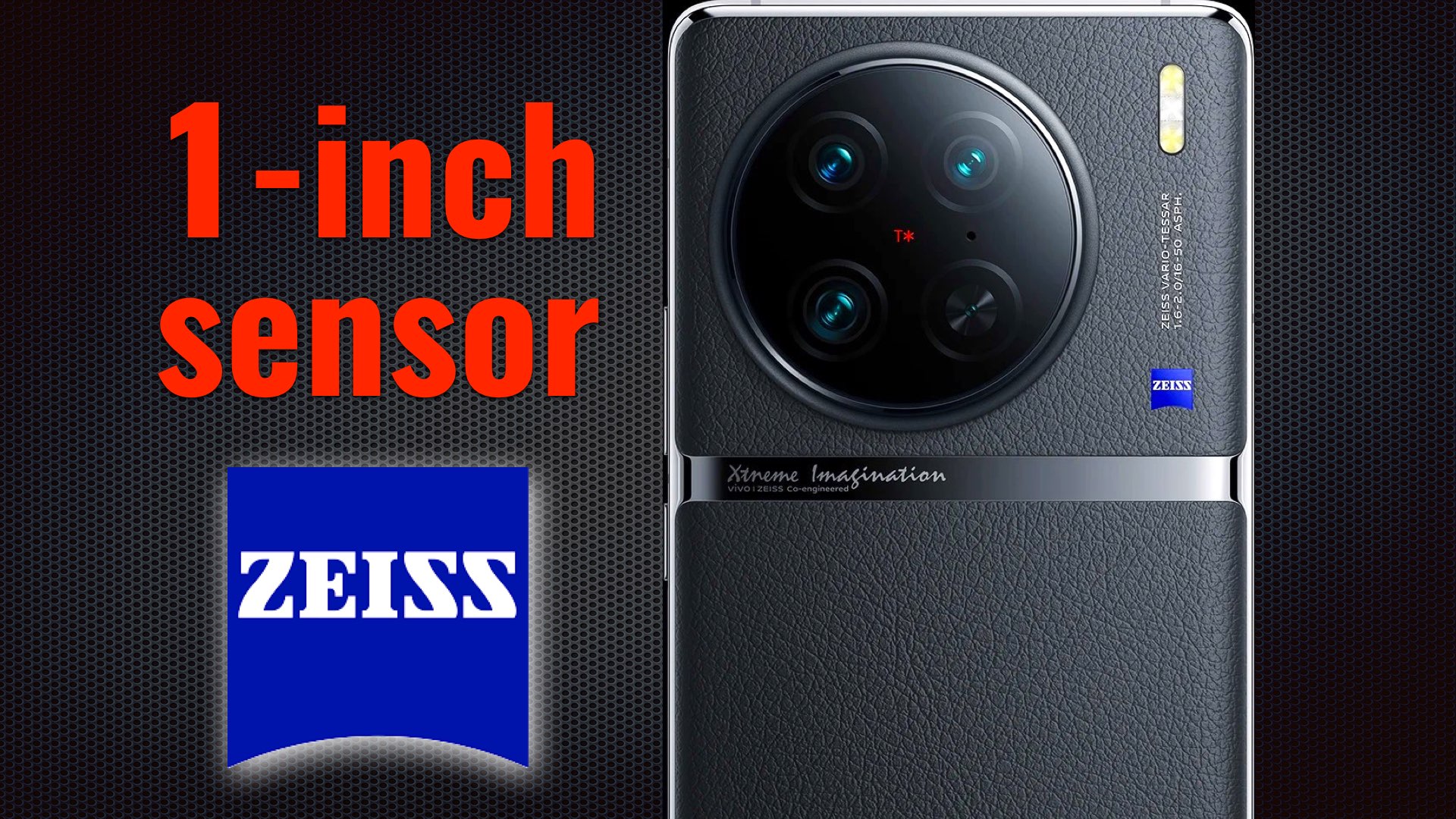
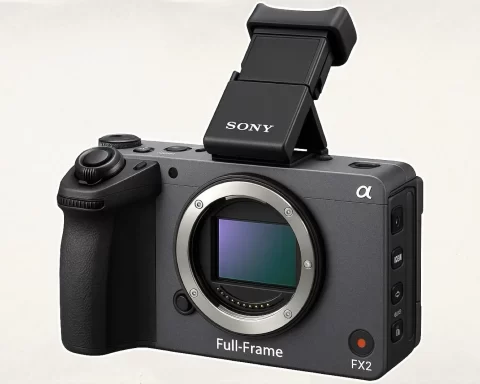


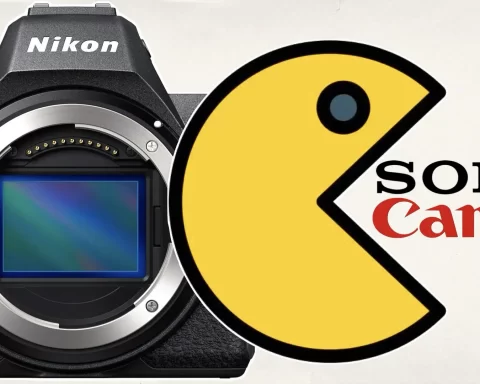
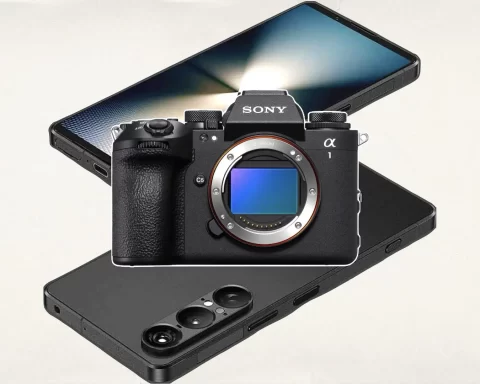


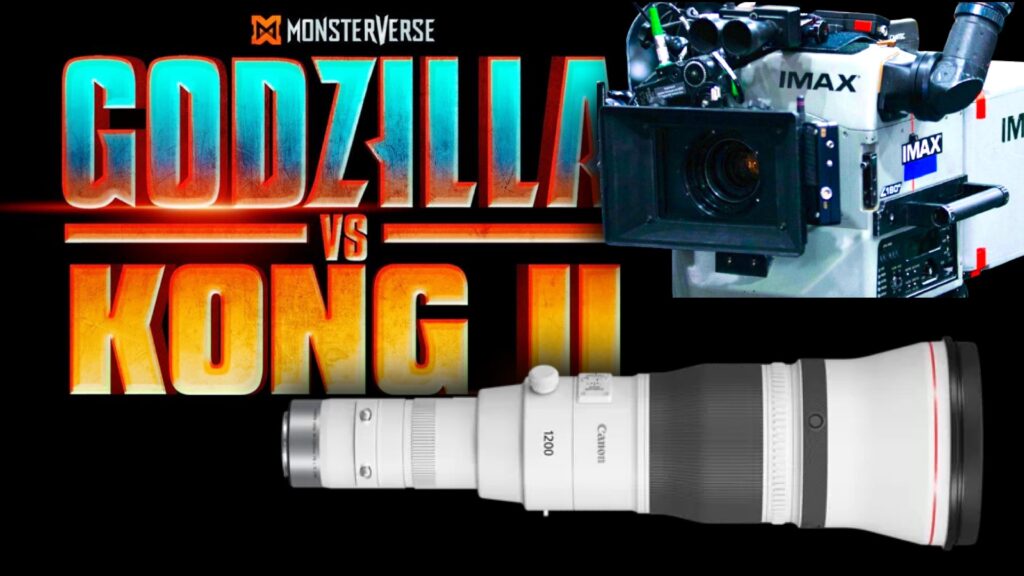
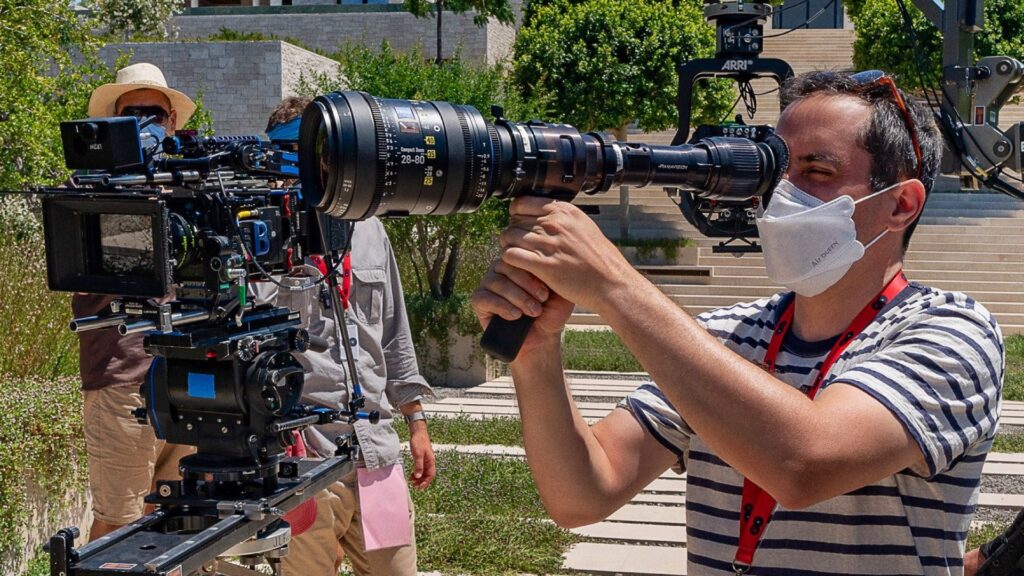

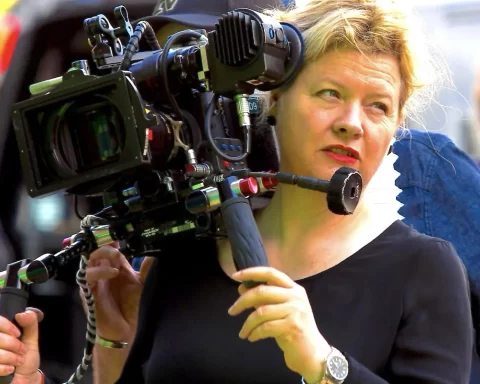
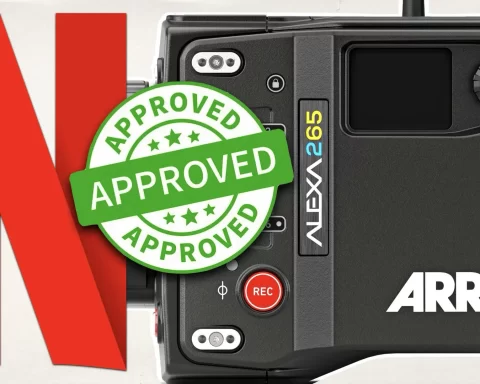



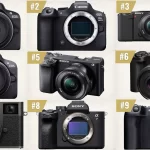
thanks for that article; What does this record? ProRes I assume?
422 or maybe 4444(as FilmicPro promises)? Regards ch
Just a reminder, that a 1″ sensor is in fact just 13.2 x 8.8 mm in size or 15.9 mm in diagonal.
A try 1″ is 25.4 mm.